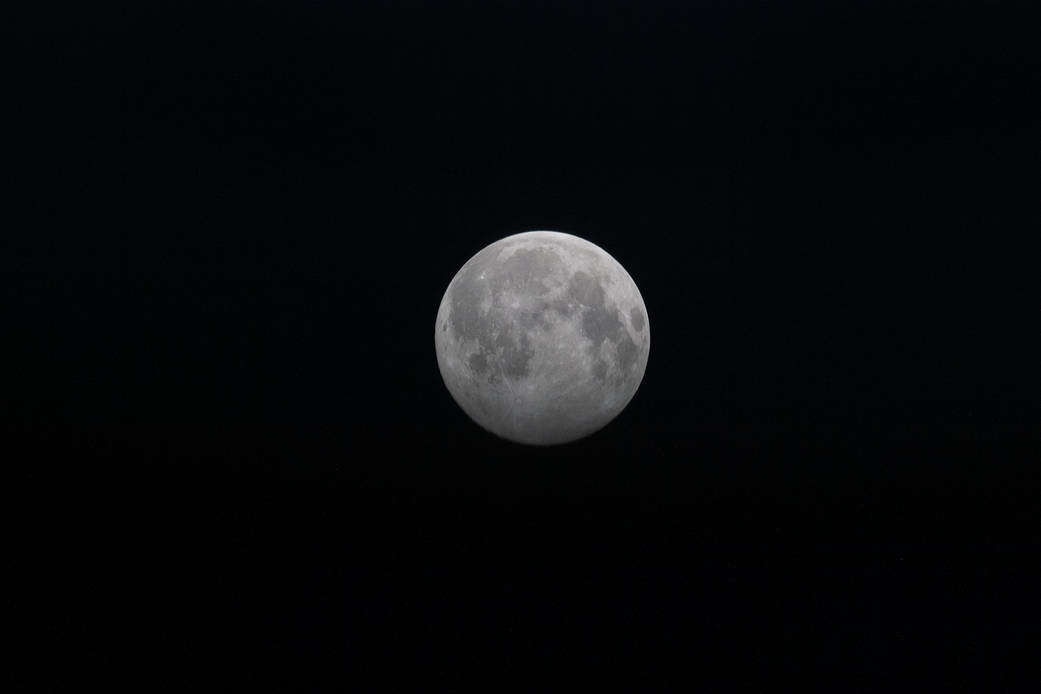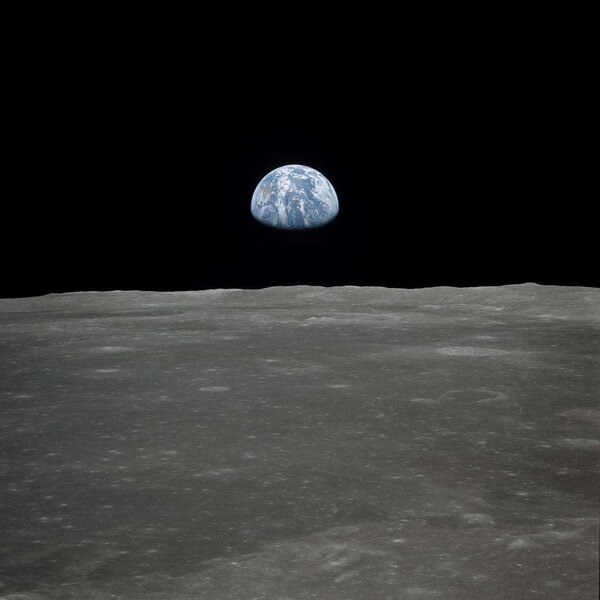Create a free profile to get unlimited access to exclusive videos, sweepstakes, and more!
If we put an observatory on the Moon, these are the awesome things it could see

Observatories on Earth almost have to squint to see what’s out there. Even in the most remote areas of the planet, light pollution, seismic noise and other interruptions can get in the way.
Wait. What if we put an observatory on the Moon, where there is almost nothing obscuring the view of the night sky? The concept, developed by astrophysicists Karan Jani of Vanderbilt University and Avi Loeb of Harvard University, is called the Gravitational-Wave Lunar Observatory for Cosmology (GLOC) and would use the Moon’s orbit and environment to its advantage, finding and analyzing mind-blowing phenomena we otherwise might miss.
GLOC would have a view of around 70 percent of the observable universe. It could detect everything from gravitational waves to dark matter, black hole mergers and neutron stars. With no atmosphere, light pollution or noise from the ever-shifting tectonic plates to contend with as it would on Earth, its sensitivity would be unprecedented.
“Our Moon is seismically much quieter than earth in the frequency ranges that are crucial for hunting black holes,” Jani told SYFY WIRE.” The natural vacuum on the lunar surface allows for a much longer interferometer at essentially no additional cost. With no environmental or human disturbances, Moon is an ideal destination to study the nature of spacetime.”
Imagine being able to prove astrophysical theories that would have otherwise been impossible to find evidence for right or wrong. That might still lie in the distant future — but that future might be nearer than we think. Jani, who coauthored a study with Loeb that was recently published in Journal of Cosmology and Astroparticle Physics, wants to go beyond measuring black hole and neutron star signals for only seconds at time. For now, that is the longest we can catch them for on Earth. These signals manifest as gravitational waves that vary depending on the object that is emitting them.
GLOC would be able to observe gravitational wave signals for weeks because the Moon’s orbit is short enough for it to pick up signals coming in from many different directions. It orbits Earth every 27 days. Neutron stars tend to produce continuous gravitational waves that are always at the same frequency and amplitude, since they are massive objects which constantly spin. Binary black holes, white dwarf stars and neutron stars, which are forever orbiting closer and closer to each other, each give off their own type of gravitational waves. The lunar orbit can also help the observatory figure out almost exactly where the signal is coming from.
“Because gravitational waves simply pass through the Moon, it doesn’t matter where GLOC is located,” said Jani. “The observational abilities will remain the same. From an experimental perspective, it will be simpler to place a triangular interferometer around a large crater.”
So unless we build a lunar city anytime soon (not about to happen), GLOC doesn’t necessarily have to be built on the dark side of the Moon. Speaking of dark, Jani sees it as potentially groundbreaking when it comes to dark energy. As cosmic expansion keeps accelerating, scientists are looking at dark energy as the mysterious, but still hypothetical, force behind it. There is no way to actually observe dark energy. It can only be inferred by observing gravitational interactions between objects in space. GLOC will be able to use the signals from black hole collisions going far back in time in order to investigate dark energy.
This could mean a new frontier in multi-messenger astrophysics. This emerging field uses information from gravitational waves and other things that travel through space and time, such as cosmic rays and photons, to make observations that allow for a better understanding of phenomena such as black hole or neutron star mergers. Even the National Science foundation sees it as a priority.
When you consider that both physicists who study high-energy phenomena and the Department of Energy are anxious to understand dark energy in more depth, you know it’s kind of a big deal. Jani believes it is.
“A lunar observatory such as GLOC fits this niche overlap that serves all three US science agencies' funding goals,” he said. “A potential pathfinder has will be developed to fit within a lunar lander. This study is just the beginning.”



























